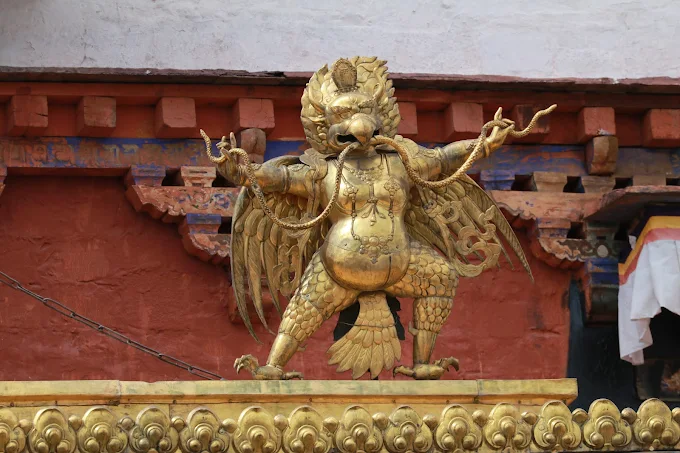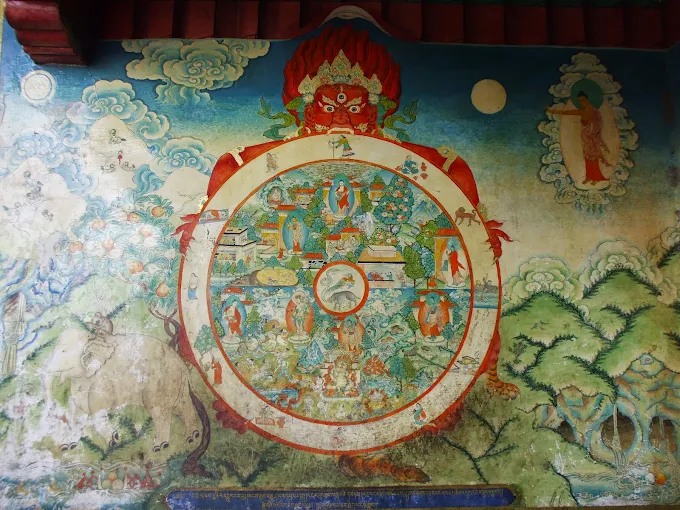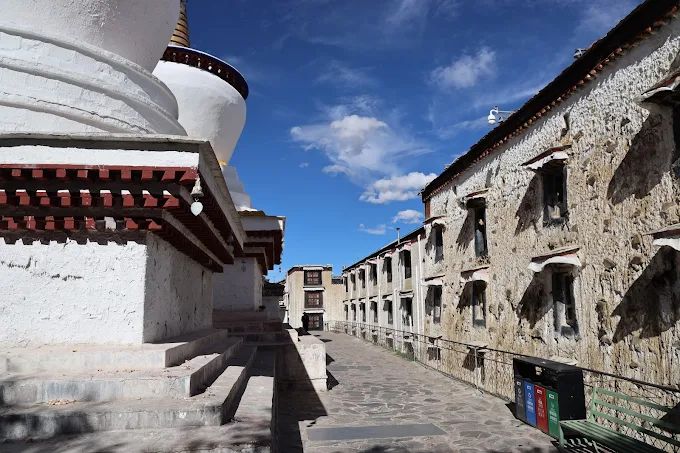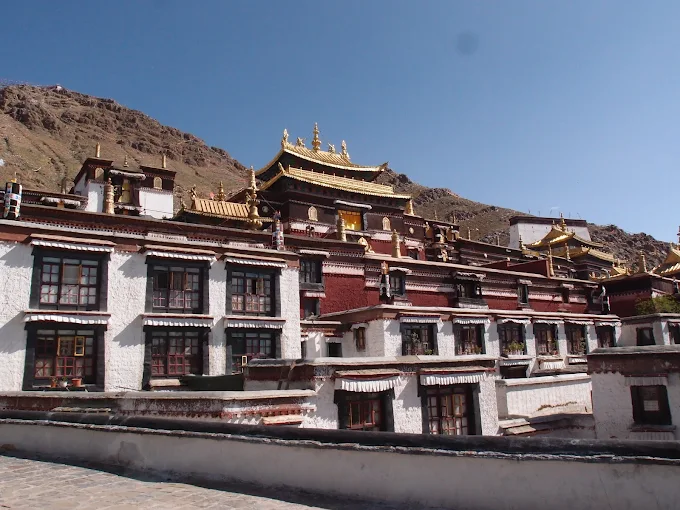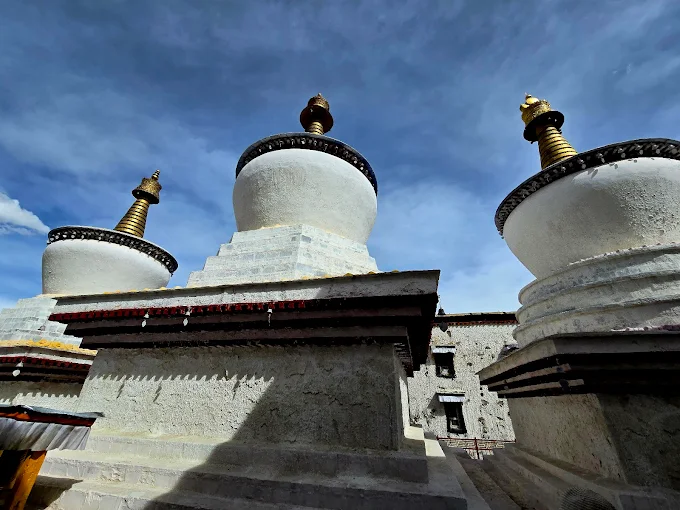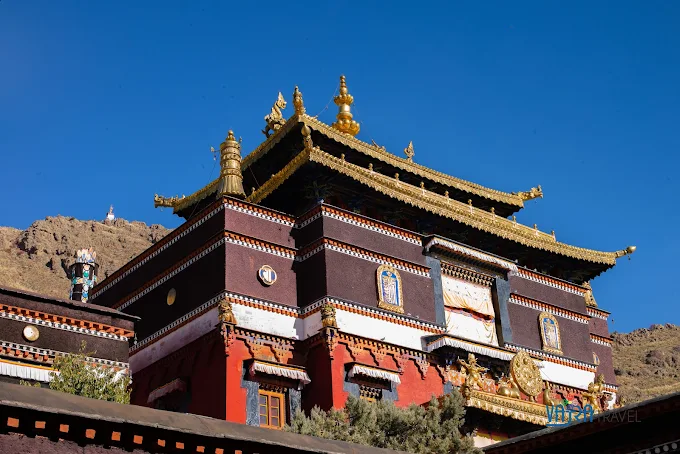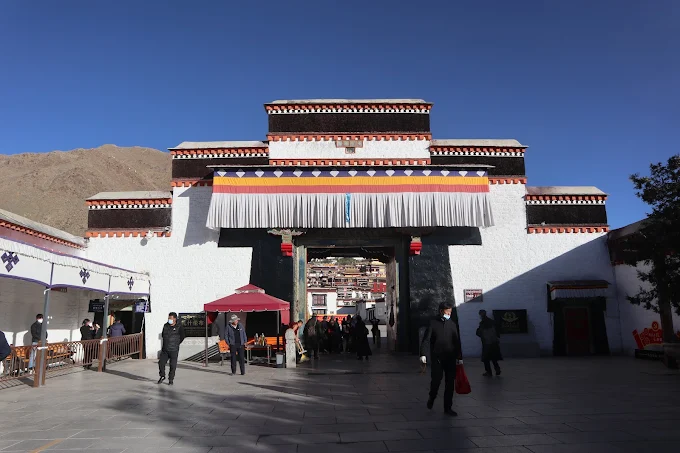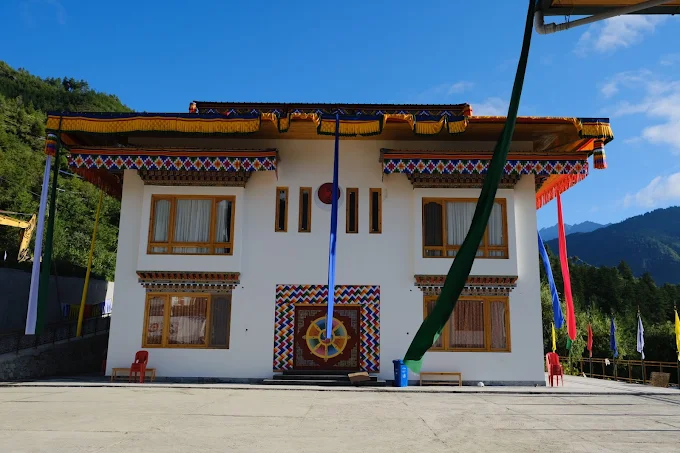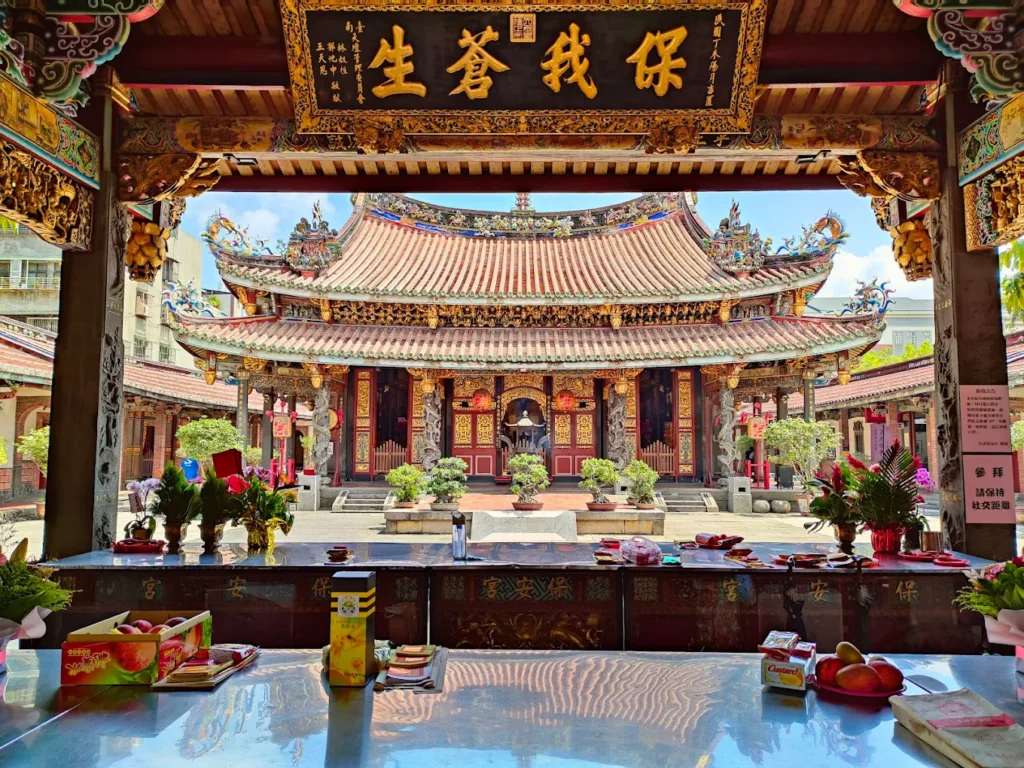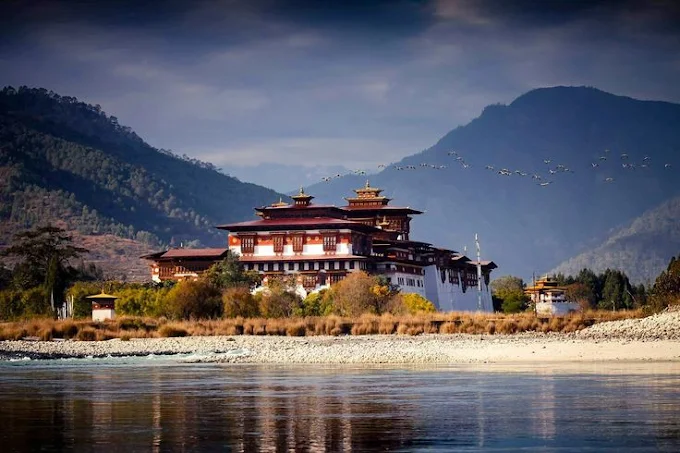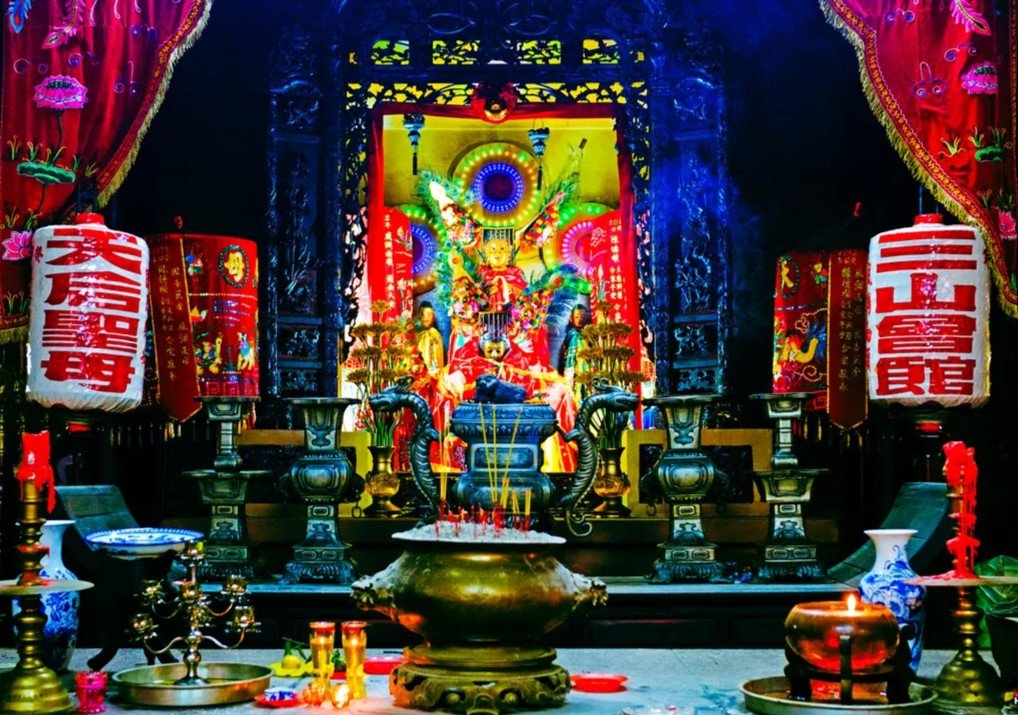Tashilhunpo Monastery: The Golden Legacy of the Panchen Lama
Tashilhunpo Monastery, nestled in the heart of Shigatse, Tibet, stands as a beacon of Tibetan Buddhism, radiating spiritual and cultural brilliance. Renowned for housing the world’s largest gilded statue of Jampa (Maitreya Buddha) and serving as the traditional seat of the Panchen Lama, this sacred sanctuary captivates travelers, scholars, and devotees. Its vibrant festivals, intricate architecture, and profound history weave a tapestry of devotion that resonates beyond Tibet’s high plateau. This immersive listing unveils Tashilhunpo’s essence, guiding you through its historical grandeur, architectural splendor, sacred rituals, and practical visitor insights.
The Golden Heart of Tashilhunpo
Essence of Tashilhunpo Monastery
Tashilhunpo Monastery pulses with spiritual vitality, embodying the Gelugpa tradition’s devotion to wisdom and compassion. Founded in 1447 by Gyalwa Gedun Drup, the first Dalai Lama, it became the seat of the Panchen Lama, Tibet’s second-highest spiritual authority. The monastery’s defining feature—a 26.2-meter gilded Jampa statue—symbolizes the future Buddha’s benevolence, drawing pilgrims who seek blessings beneath its radiant gaze. Set against Shigatse’s rugged hills, its sprawling complex blends monastic serenity with vibrant festival energy.
- Spiritual Core: Seat of the Panchen Lama, rooted in Gelugpa teachings.
- Iconic Symbol: The colossal Jampa statue, a masterpiece of Tibetan artistry.
- Cultural Hub: A center for learning, festivals, and heritage preservation.
Historical Evolution
Tashilhunpo’s story began when Gyalwa Gedun Drup established it as a Gelugpa stronghold, fostering monastic education and spiritual practice. Under the fourth Panchen Lama, Lobsang Chokyi Gyaltsen, the monastery expanded, gaining royal patronage and architectural grandeur. Despite 20th-century challenges, including political upheavals, Tashilhunpo endured, with restoration efforts preserving its sacred halls. A legendary tale recounts how the Jampa statue’s gilding, funded by devotees, miraculously survived historical turmoil, symbolizing resilience.
- Founding: Established in 1447, a Gelugpa beacon.
- Expansion: Flourished under Panchen Lama patronage in the 17th century.
- Resilience: Survived modern challenges with ongoing preservation.
Cultural Impact
Tashilhunpo stands as a cultural anchor, preserving Tibetan Buddhist texts, thangka paintings, and ritual arts. Its influence shapes Gelugpa practices across Tibet and inspires global Buddhist communities. Festivals like Buddha Unfurling draw thousands, blending devotion with Tibetan opera and Cham dances. Locally, it supports artisans and scholars, ensuring traditions thrive amidst modernization.
- Preservation: Safeguards sacred texts and artistic heritage.
- Festivals: Hosts vibrant events, uniting communities.
- Global Influence: Shapes Buddhist practice worldwide.
Signature Legacy
The Jampa statue, crafted in the 20th century, is Tashilhunpo’s crowning glory. Artisans labored for years, gilding its surface with gold from local mines, a process steeped in devotion. Legends whisper that the statue’s serene expression emerged naturally, captivating monks during its consecration. This gilded masterpiece, housed in a towering hall, embodies hope and enlightenment, making Tashilhunpo a pilgrimage pinnacle.
- Jampa Statue: World’s largest gilded Maitreya, a spiritual icon.
- Craftsmanship: Gold-gilded by devoted artisans.
- Mythical Aura: Tales of its divine creation linger.
Community and Global Reach
Locals revere Tashilhunpo as a spiritual home, offering butter lamps and prayers daily. The Tibetan diaspora visits to reconnect with their heritage, while international scholars study its texts and architecture. The monastery’s global appeal lies in its role as a living museum of Tibetan Buddhism, welcoming diverse visitors. Its outreach includes digital archives of teachings, shared with Buddhist centers worldwide.
- Local Devotion: Daily offerings strengthen community ties.
- Diaspora Connection: A pilgrimage site for Tibetans abroad.
- Global Appeal: Attracts scholars and spiritual seekers.
Architectural Splendor of Tashilhunpo
Distinctive Design
Tashilhunpo’s architecture blends functionality with spiritual symbolism, sprawling across 150,000 square meters. Its whitewashed walls and golden roofs, set against Shigatse’s arid landscape, evoke a fortress of faith. The complex follows a traditional Tibetan layout, with prayer halls, stupas, and monastic quarters orbiting the central Jampa Temple. Influences from Central Asian and Indian designs add depth, seen in arched doorways and mandala-inspired courtyards.
- Layout: Radiates from the Jampa Temple, symbolizing cosmic order.
- Style: Merges Tibetan, Indian, and Central Asian influences.
- Setting: White walls contrast with Shigatse’s rugged hills.
Signature Structures
The Jampa Temple, a multi-story marvel, houses the gilded Maitreya statue, its interior aglow with butter lamp light. The Kelsang Temple, with its grand assembly hall, hosts vibrant debates and ceremonies, adorned with thangka murals. Tombs of past Panchen Lamas, encrusted with gold and jewels, form sacred stupas, each a testament to their legacy. The Ngakang Chapel, a quieter space, shelters intricate mandalas used in esoteric rituals.
- Jampa Temple: Home to the 26.2-meter Maitreya statue.
- Kelsang Temple: Hub for debates and festivals.
- Panchen Lama Tombs: Jeweled stupas of spiritual leaders.
Artisanal Mastery
Tashilhunpo’s craftsmanship shines in its gilded statues and thangka paintings. The Jampa statue’s creation involved hundreds of artisans, who molded bronze and applied gold leaf in a decades-long process. Thangkas, painted with mineral pigments, depict deities with precision, their vibrant hues enduring centuries. Carved wooden beams, inlaid with turquoise, showcase local woodworking, while bronze butter lamps reflect metallurgical skill.
- Gilding: Gold leaf applied to Jampa statue, a devotional act.
- Thangkas: Mineral-pigmented paintings of deities.
- Wood and Metal: Intricate carvings and bronze lamps.
Hidden Architectural Gems
Beyond the main halls, Tashilhunpo hides subtle treasures. The rooftop terraces offer panoramic views of Shigatse’s valleys, dotted with prayer flags fluttering in the wind. Courtyard murals, faded but evocative, narrate Buddhist tales, while stone-carved mantras line pathways, inviting contemplation. The library, tucked in a quiet corner, houses ancient texts, their wooden covers etched with mantras.
- Rooftops: Stunning views with prayer flags.
- Murals: Faded courtyard artworks of Buddhist stories.
- Library: Ancient texts in carved wooden cases.
Preservation and Evolution
Preserving Tashilhunpo’s structures demands constant effort due to Tibet’s harsh climate. Monks and artisans repair murals with traditional pigments, while gold leaf on statues is meticulously restored. Modern additions, like reinforced walls, blend seamlessly with original designs. These efforts, funded by donations, ensure the monastery’s grandeur endures for future generations.
- Restoration: Traditional techniques for murals and gilding.
- Modern Touches: Reinforced structures for durability.
- Funding: Supported by global and local devotees.
Sacred Rites and Vibrant Traditions
Sacred Daily Rites
Each dawn, Tashilhunpo awakens with resonant chants, as monks gather in the Kelsang Temple to recite sutras. The air thickens with juniper incense, while butter lamps cast flickering shadows on gilded statues. Pilgrims offer khatas (silk scarves) at the Jampa statue’s base, their prayers mingling with the hum of prayer wheels. These rites, rooted in Gelugpa tradition, create a meditative rhythm that envelops visitors.
- Chanting: Morning sutras in Kelsang Temple.
- Offerings: Khatas and butter lamps at Jampa statue.
- Ambiance: Incense and prayer wheel hum.
Unique Spiritual Practices
Tashilhunpo’s monks perform distinctive rituals, such as crafting tormas (butter sculptures) for offerings, symbolizing impermanence. Mandala ceremonies, using colored sand, create intricate cosmic diagrams, later swept away to teach detachment. Pilgrims participate in circumambulation (kora), walking clockwise around the monastery’s perimeter, spinning prayer wheels to accrue merit. These practices, steeped in symbolism, deepen spiritual connections.
- Tormas: Intricate butter sculptures for offerings.
- Mandalas: Colored sand diagrams, ritually dissolved.
- Kora: Circumambulation with prayer wheels.
Vibrant Festival Traditions
Tashilhunpo’s festivals transform the monastery into a kaleidoscope of color and sound. The Buddha Unfurling festival, held annually, unveils a massive thangka on a hillside, accompanied by Cham dances—masked performances depicting spiritual battles. Saga Dawa, marking Buddha’s enlightenment, draws pilgrims for mass circumambulation and lamp offerings. Local families join monks, creating a communal celebration of faith.
- Buddha Unfurling: Giant thangka display with Cham dances.
- Saga Dawa: Circumambulation and lamp offerings.
- Community Role: Families and monks unite in celebration.
Visitor Engagement
Visitors can immerse in Tashilhunpo’s spiritual life by offering butter lamps or khatas, guided by monks. Photography, permitted in most areas, captures the Jampa statue’s glow, though flash is discouraged. Joining the kora allows travelers to walk alongside pilgrims, feeling the monastery’s sacred pulse. Monks may offer blessings, consecrating small amulets for visitors to carry home.
- Offerings: Butter lamps and khatas, guided by monks.
- Photography: Allowed, with no flash near statues.
- Kora Participation: Walk with pilgrims for spiritual connection.
Monastic and Community Roles
Monks at Tashilhunpo, numbering over 800, maintain daily rites, study scriptures, and guide visitors. They engage with the community by teaching children and preserving rituals. Locals rely on the monastery for blessings during life events, from births to funerals. This symbiotic bond ensures Tashilhunpo remains a living spiritual center.
- Monastic Duties: Rites, study, and visitor guidance.
- Community Ties: Blessings for local life events.
- Cultural Preservation: Monks teach and maintain traditions.
Visiting Tashilhunpo Monastery
Navigating to Tashilhunpo Monastery
Tashilhunpo lies in central Shigatse, Tibet’s second-largest city, at the confluence of the Yarlung Tsangpo and Nyangchu rivers. From Lhasa, a 280-km journey via the G318 highway takes about 5 hours by bus or private tour vehicle. In Shigatse, the monastery is a short walk or rickshaw ride from the city center, marked by its golden roofs visible from afar. Landmarks like the Shigatse Dzong fortress guide the way.
- From Lhasa: 5-hour drive or bus ride on G318.
- In Shigatse: Walk or rickshaw from city center.
- Landmarks: Golden roofs, Shigatse Dzong nearby.
Address of Tashilhunpo Monastery
- Location: No. 5 Jijilangka Road, Shigatse, Tibet Autonomous Region, China.
- Coordinates: 29.2675° N, 88.8747° E.
- Context: Central Shigatse, near local markets and guesthouses.
Visiting Hours and Etiquette
Tashilhunpo is open daily from 9:00 AM to 5:00 PM, with early mornings offering quieter visits. Dress modestly, covering shoulders and knees, and remove hats inside prayer halls. Photography is allowed in most areas but prohibited in certain chapels; ask monks for guidance. Respect pilgrims by avoiding loud conversations and pointing at statues.
- Hours: 9:00 AM–5:00 PM, best in early morning.
- Dress Code: Modest clothing, no hats in halls.
- Etiquette: No flash photography, respect pilgrims.
Accessibility and Safety
The monastery’s main areas are accessible via paved paths, but some halls involve steep stairs, challenging for those with mobility issues. Wheelchair users may need assistance; contact tour operators for arrangements. Tibet’s high altitude (3,800 meters) requires acclimatization to avoid altitude sickness; stay hydrated and rest frequently. Beware of pickpockets in crowded festival seasons.
- Accessibility: Paved paths, some steep stairs.
- Mobility Aids: Limited, arrange with tour operators.
- Safety: Acclimatize, watch for pickpockets.
Amenities and Surroundings
Tashilhunpo offers basic amenities, including restrooms and a small shop selling khatas and souvenirs. Nearby Shigatse markets serve Tibetan tea, momos (dumplings), and yak butter snacks, immersing visitors in local flavors. The monastery’s gardens, with prayer flags and stone benches, provide serene spots for reflection. Shigatse’s old town, a short walk away, buzzes with shops and teahouses.
- Amenities: Restrooms, souvenir shop.
- Food: Markets with momos and Tibetan tea.
- Surroundings: Gardens, vibrant old town.
Immersive Visitor Tips
Arrive at dawn to witness monks chanting, their voices echoing through the Kelsang Temple. Capture the Jampa statue from the hall’s upper balcony for a stunning angle, avoiding flash to preserve its glow. Join the kora at dusk, when prayer flags catch the golden light, enhancing the spiritual ambiance. After visiting, stroll Shigatse’s markets to savor yak butter tea, completing the cultural experience.
- Dawn Visits: Hear morning chants in Kelsang Temple.
- Photography: Upper balcony for Jampa statue shots.
- Evening Kora: Walk with pilgrims at dusk.
